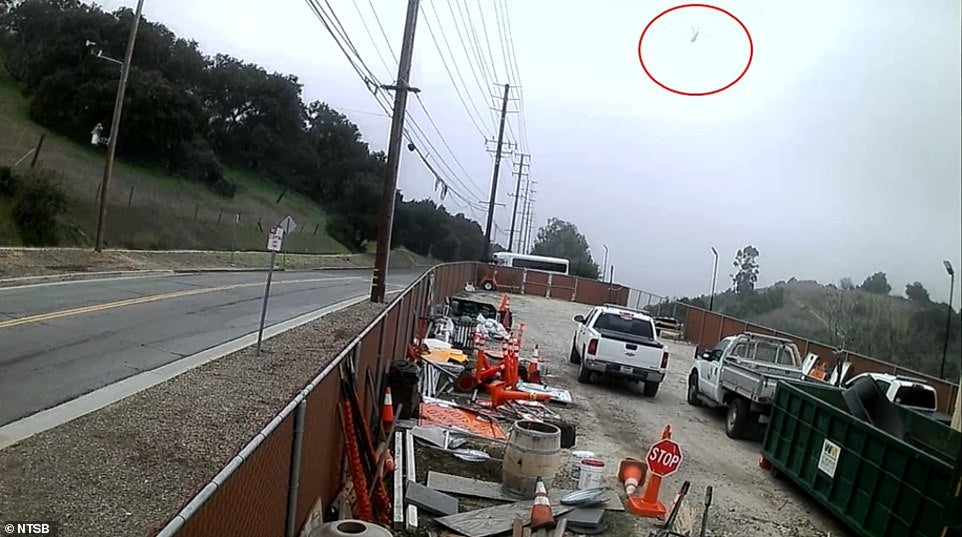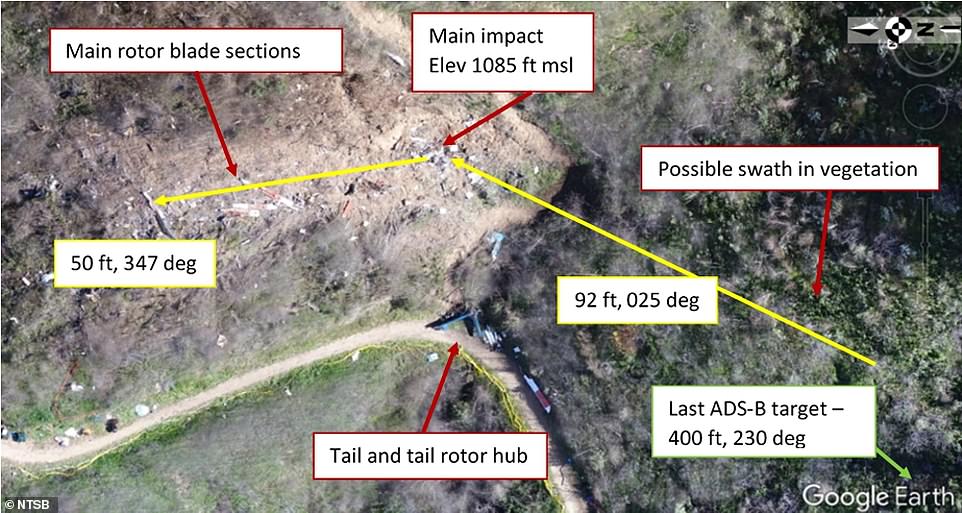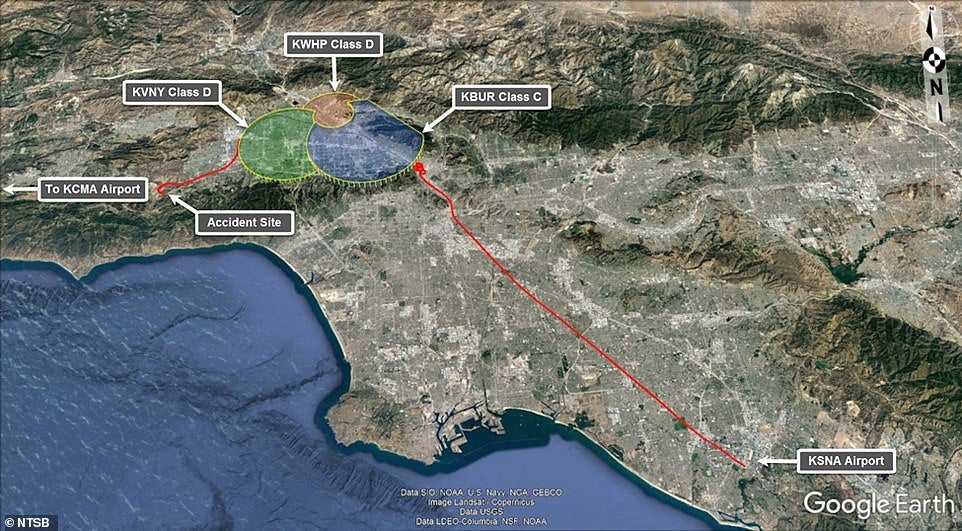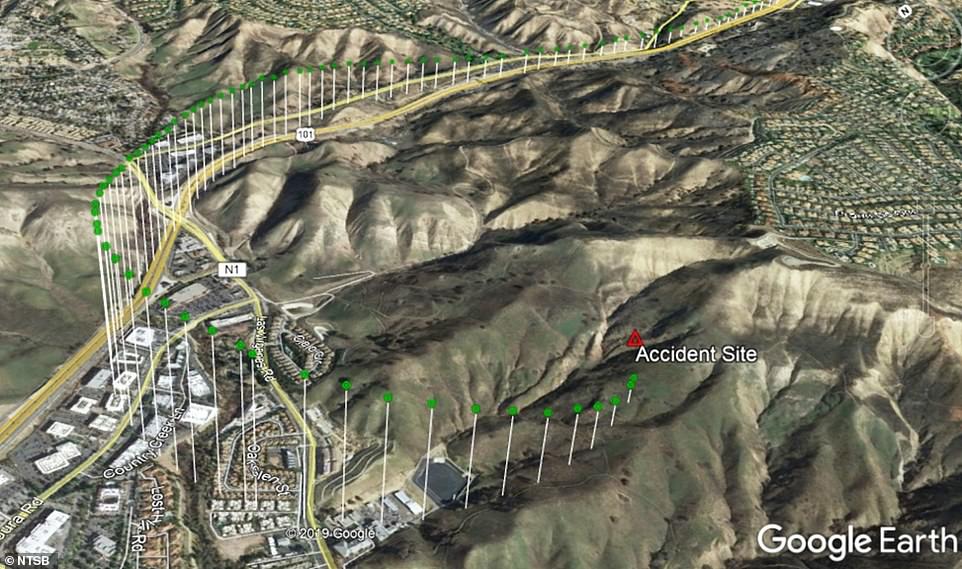New photos emerge from Kobe Bryant crash site
The pictures are part of a new report on the crash
Your support helps us to tell the story
From reproductive rights to climate change to Big Tech, The Independent is on the ground when the story is developing. Whether it's investigating the financials of Elon Musk's pro-Trump PAC or producing our latest documentary, 'The A Word', which shines a light on the American women fighting for reproductive rights, we know how important it is to parse out the facts from the messaging.
At such a critical moment in US history, we need reporters on the ground. Your donation allows us to keep sending journalists to speak to both sides of the story.
The Independent is trusted by Americans across the entire political spectrum. And unlike many other quality news outlets, we choose not to lock Americans out of our reporting and analysis with paywalls. We believe quality journalism should be available to everyone, paid for by those who can afford it.
Your support makes all the difference.New pictures showing the helicopter crash that killed Kobe Bryant, his 13 year-old daughter Gianna and seven others have been released.
The photos are part of a report the National Transportation Safety Board (NTSB) released further detailing its investigators findings into the 26 January crash that led to Mr Bryant’s death. New details on the location and state of the wreckage following impact and on the helicopter’s engine status just before impact were included in the report.
The report revealed that investigators found a branch at the site that appeared to have been cut by a helicopter blade, suggesting the craft’s engine was still intact when it hit the ground.




It was previously theorized that the helicopter’s engine stalled while it was attempting to climb to a higher elevation to escape fog, prompting the rapid loss of altitude that preceded its crash. The new findings suggest that the engine was still operational when the helicopter descended.
In addition, radar data collected by the NTSB showed that while the pilot had intended to climb 4,000 feet to clear a patch of dense fog, he only climbed 2,300 feet before the rapid descent.
The impact of the helicopter into the hillside outside Calabasas, California left a 24 feet by 15 feet diameter impact crater that was two feet deep, according to the report. Wreckage from the crash was spread across the foothills of the Santa Monica mountains in a mountain bike park and had travelled 127 feet from the impact site.
Instruments from the helicopter’s main panel were destroyed in the impact, and the aircraft lacked a flight data recorder and a cockpit voice recorder as well as a terrain awareness and warning system, used by pilots to help detect potential surface impacts.
The company that manufactures the helicopter, Sikorsky, is urging customers to install the system on the aircraft.
The NTSB report does not speculate as to the cause of the crash. It will continue its investigation and plans to release a full report, including what it believes caused the crash, in 12 to 18 months.

Join our commenting forum
Join thought-provoking conversations, follow other Independent readers and see their replies
Comments